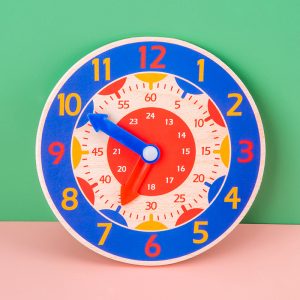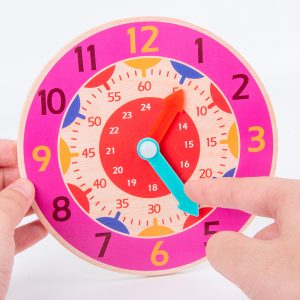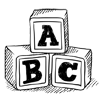What are the functional classifications of toys?
1. Voice and cultural toys: toys that can make children’s hearing more acute, learn new character groups, promote language expression and organizational skills, and preschool exercises, such as story tapes, story cards, drawing boards that encourage painting and drawing.
2. Science toys: science toys that can attract children to observe, compare, collect and analyze. In addition to arousing children’s enthusiastic curiosity, it can also allow them to develop the concept of observing, analyzing, collecting data, doing it by hand, and seeking truth from facts, such as the mirror, the kaleidoscope, and various specimens.
3. Action toys: These toys can exercise the child’s large muscles and the coordination of various parts of the body, such as baby crawling toys, various carts, carts, rideable bicycles, throwing darts, etc.
4. Operational toys: These toys make the small muscles of children’s fingers more flexible, and promote the coordination of eyes and hands, such as cat soil, threading, beading, stacking and combining building blocks, etc.
5. Art toys: can cultivate creativity and the ability to read, write, and discover the beautiful things in life.
6. Social toys: including dolls, stuffed toys, etc., as well as toys designed in the context of life, such as playing toys in supermarkets and airports, allowing children to experience the adult’s life world while expressing their emotions, and to understand their surroundings at the same time And absorb relevant life experience.









